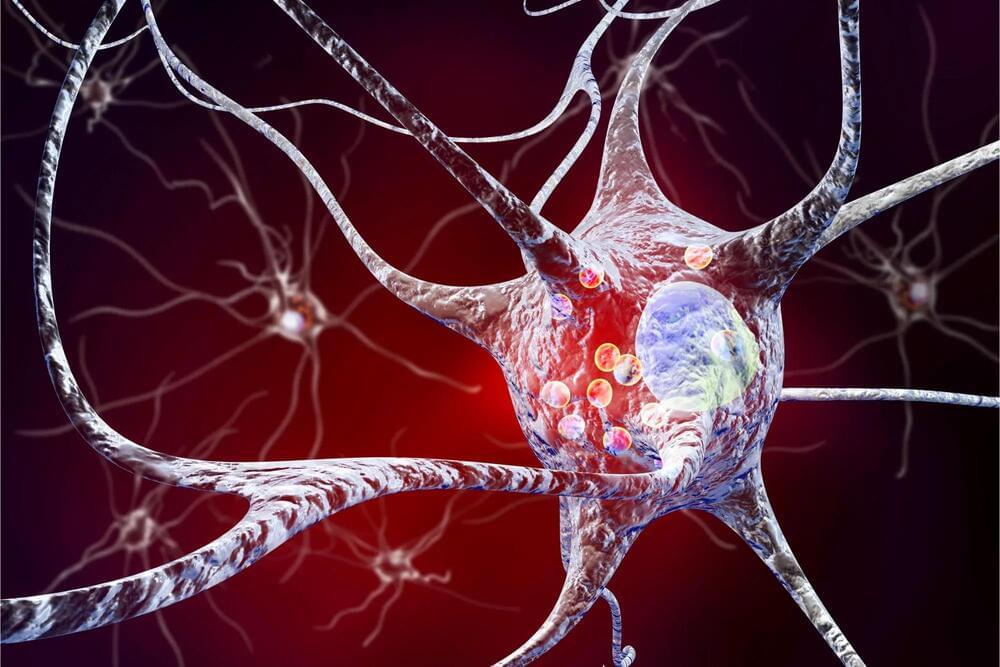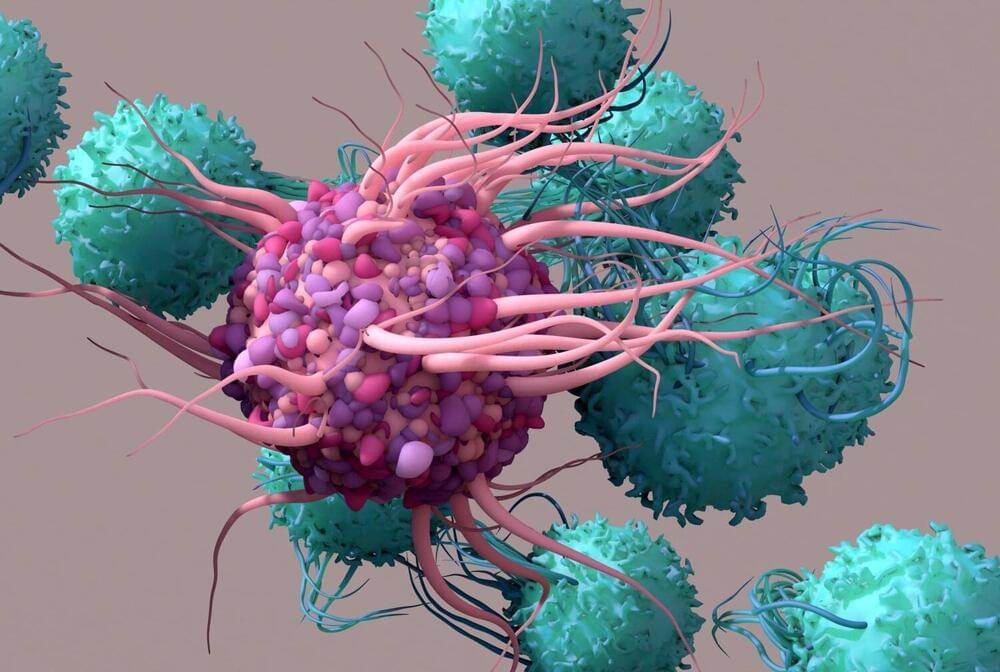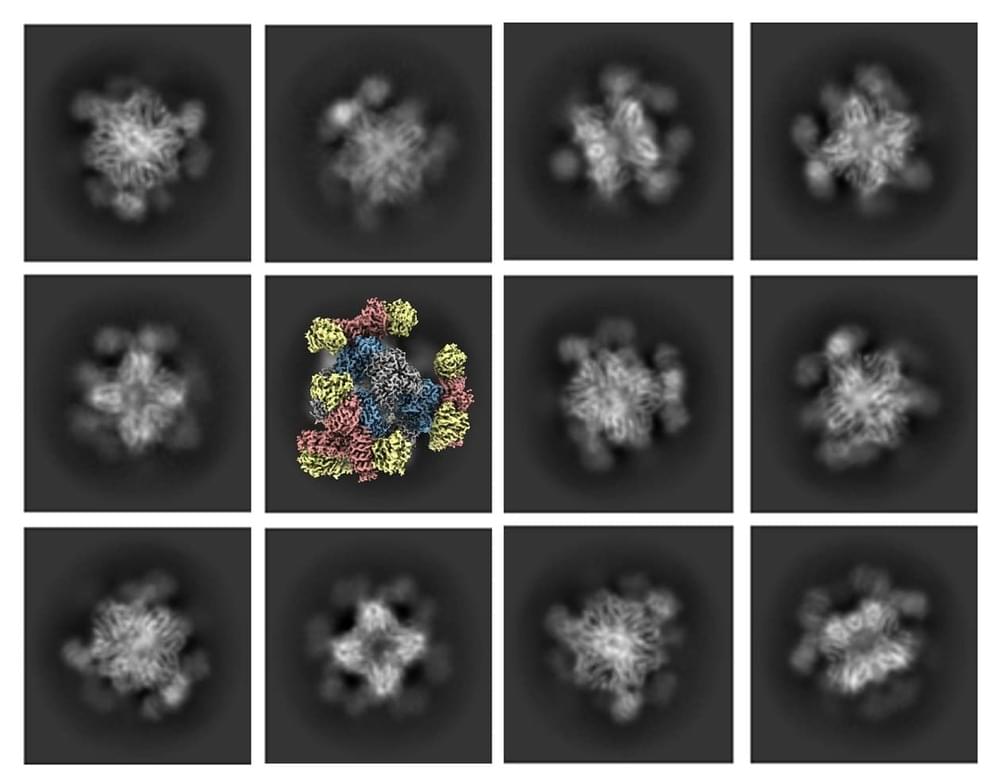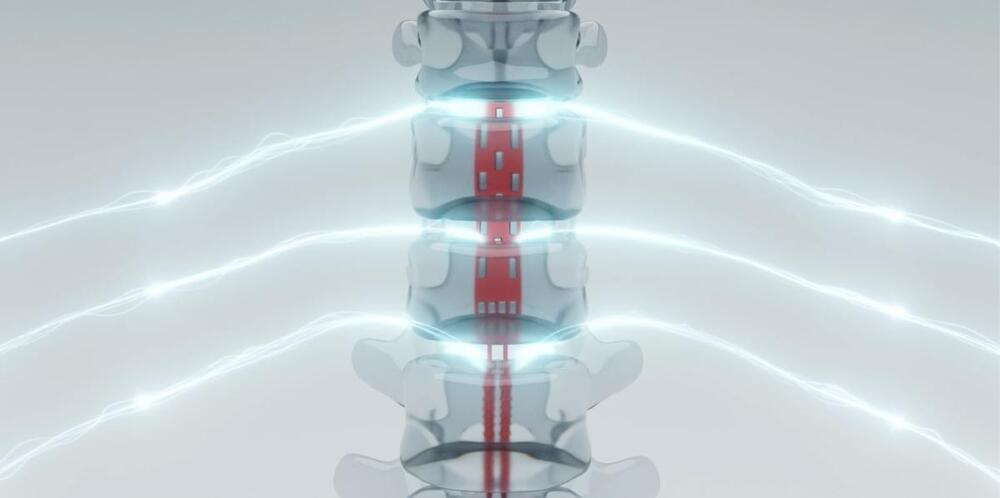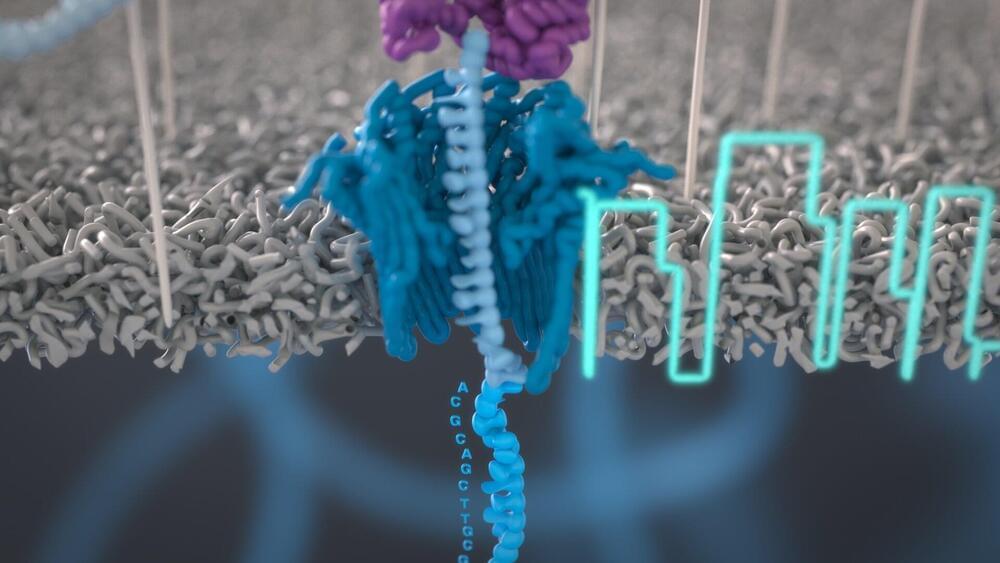Risk for community-onset C. difficile infection varies widely with choice of antibiotic.
The rising incidence of hospital-and community-acquired Clostridioides difficile infection (CDI) reinforces the need for more-effective prevention. Researchers performed a retrospective case-control study to examine relative risk for community-acquired CDI (CA-CDI) in patients receiving different oral antibiotics. Using administrative claims databases from 2001–2021 that included commercial, Medicare, and Medicaid records, they matched each CA-CDI case with five control patients for a total of 159,404 cases and 797,020 controls.
For cases occurring within 30 days of antibiotic exposure, the highest risk for CA-CDI occurred with clindamycin (adjusted odds ratio, 25.4) and the lowest with minocycline (AOR, 0.79; the only 1 of 27 oral antibiotics with an AOR 1.0). Other high-risk antibiotics were cefixime (AOR, 12.0), cefdinir (11.0), cefuroxime (9.6), cefpodoxime (9.2), amoxicillin-clavulanate (8.5), and ciprofloxacin (6.8). Older beta-lactams were lower risk (penicillin AOR, 1.8; amoxicillin, 2.0; cephalexin, 2.9; cefadroxil, 2.8). The lowest-risk antibiotic classes were the macrolides, sulfonamides, and tetracyclines. For all antibiotic classes, different agents had discernible differences in AOR for CA-CDI. A sensitivity analysis assessing relative risk for CA-CDI over multiple exposure periods up to 180 days found that the relative hierarchy of risk for the different antibiotics remained the same for each exposure period, and that overall risk progressively declined with time.
The authors acknowledge multiple limitations of their analysis, including use of administrative claims data to identify CA-CDI and outpatient claims data to identify antibiotic exposure and lack of information on inpatient antibiotic usage. Still, the large study population allowed for a more-precise definition of relative risk than in prior studies, not only showing a wide variation among beta-lactam antibiotics but also indicating that the risk associated with fluoroquinolone antibiotics falls between that of the older and newer cephalosporin classes.
Continue reading “Risk for” »
